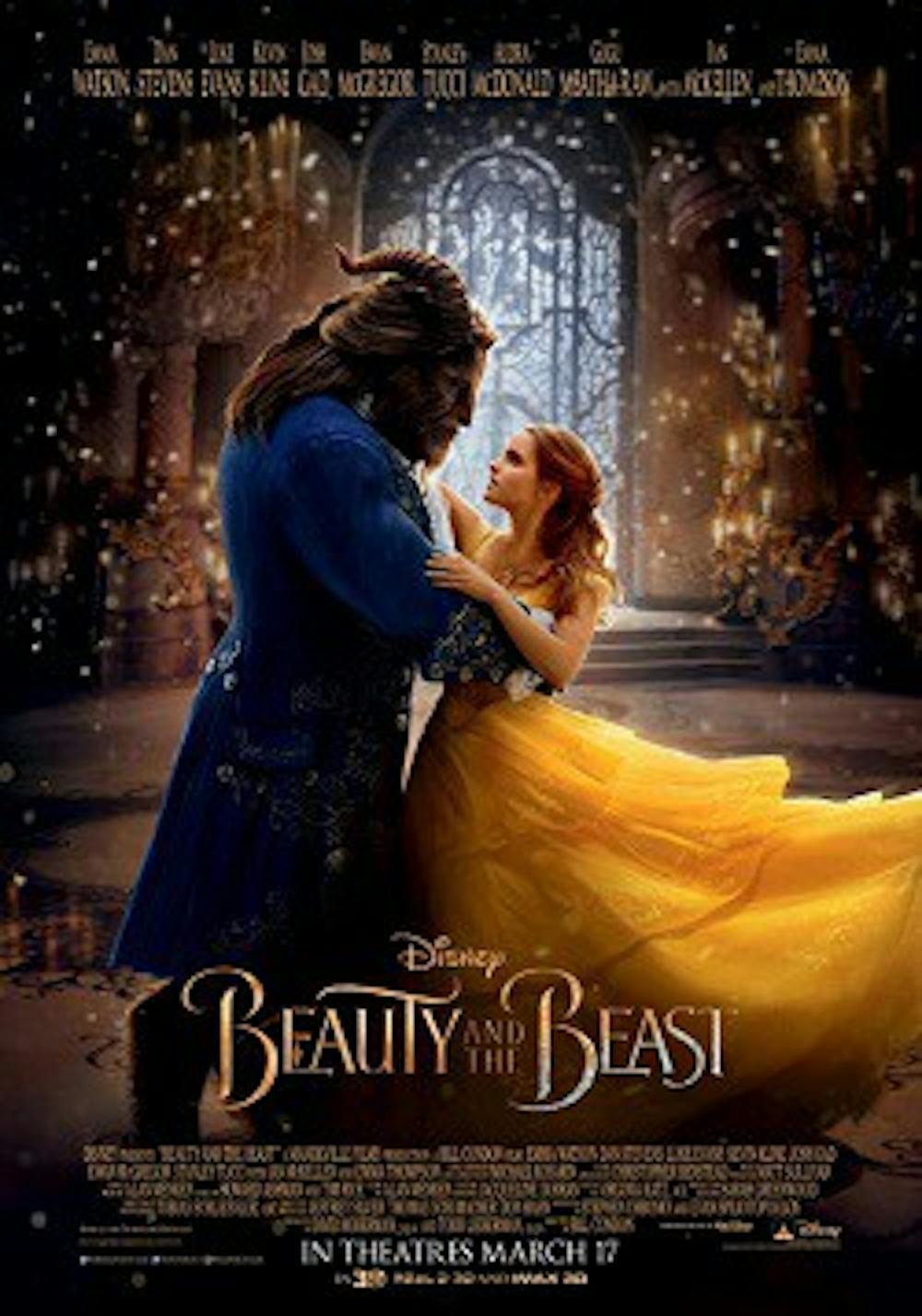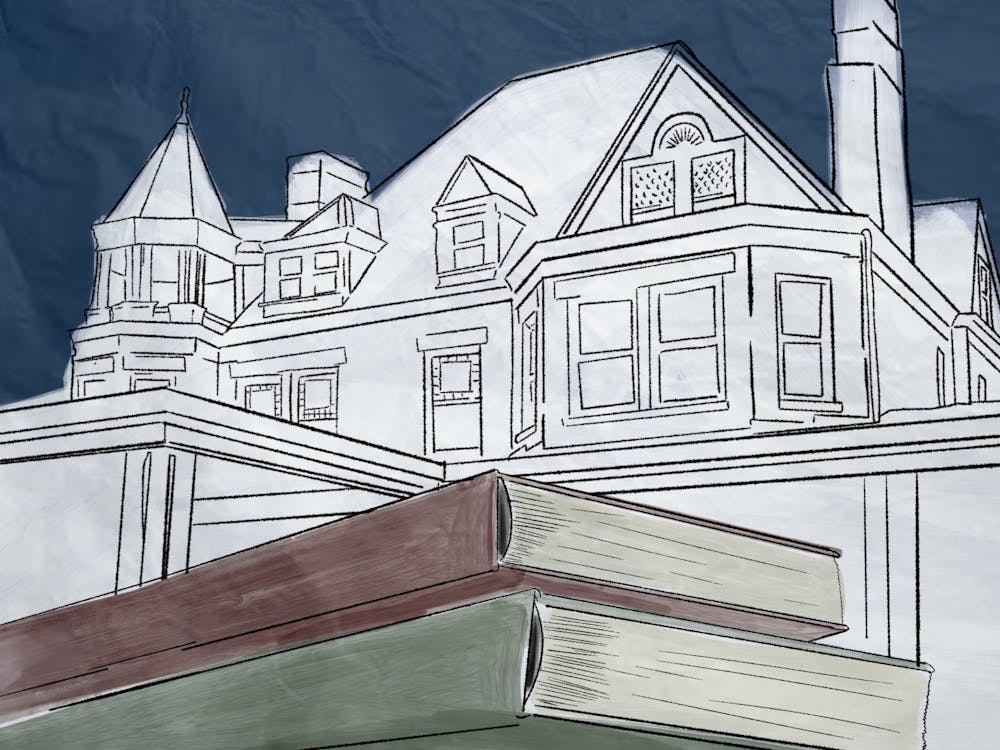Whether “Beauty and the Beast” is a familiar “tale as old as time” is irrelevant. The live-action remake of the 1991 animated classic about a bookish girl named Belle (Emma Watson) who learns to love the prince-at-heart Beast (Dan Stevens) holding her prisoner apparently does not aim to score points on plot uniqueness. Instead, director Bill Condon and screenplay writers Stephen Chbosky and Evan Spiliotopoulos parade dazzling musical numbers, stunning visuals, a hidden treasure trove of cameos and — the one that marketers love — an evil sidekick who is gay.
Belle and the Beast are sharply polished in costume and voice. Disney never fails to impress the eyes — the outlandish and colorful 19th century costumes and setting are breathtaking, and the animated talking pieces of castle supplies are a worthy head nod to lovers of the original fine-tuned animation.
Mrs. Potts (Emma Thompson), the singing armoire (Audra McDonald), talking piano (Stanley Tucci) and playful candlestick-clock pair (Ewan McGregor and Ian McKellen) — as well as a few other Easter egg cameos — are used to impress. Belle laughably has the same questions as the audience, such as “Why isn’t the hairbrush alive, too?”
And yes, fans — and critics — frenzied over a five-second scene with a purportedly gay family in Disney’s 2013 hit “Frozen.” Four years later, another few seconds of film in “Beauty in the Beast” has created a similar controversy, with some people pushing to ban theaters from screening the movie. Gaston’s (Luke Evans) well-meaning sidekick, LeFou (Josh Gad), is spurned by villainous Gaston throughout the film and briefly dances with another man wearing a dress — a mere reference to an earlier visual gag.
In his entirety, LeFou — “the fool” — is the comic relief. In a fairytale remake, small additions to character traits necessarily morph into reflections of the contemporary values of the people that create them. While it is admirable creators of “Beauty and the Beast” are attempting to appeal to the concerns of a modern audience via antiquated fairytale, LeFou’s presence as a gay character would hardly be impactful if it weren’t for the peanut gallery hubbub.
Still, there is something refreshing about viewing a film with a certain cultural appeal that is built not on the strict content of the film, but on the considerations of the people creating and watching it. Even if LeFou’s sexuality is not striking by itself — in fact, it only seems used for comic effect — it is an applaudable addition nonetheless. This is something audiences did not see in the original.
Writers Chbosky and Spiliotopoulos add new backstories to Belle, Beast and LeFou, but one of the original morals of the fairytale is kept staunchly in place — beware of narrow-minded provincial towns — they may try to ban a movie.





